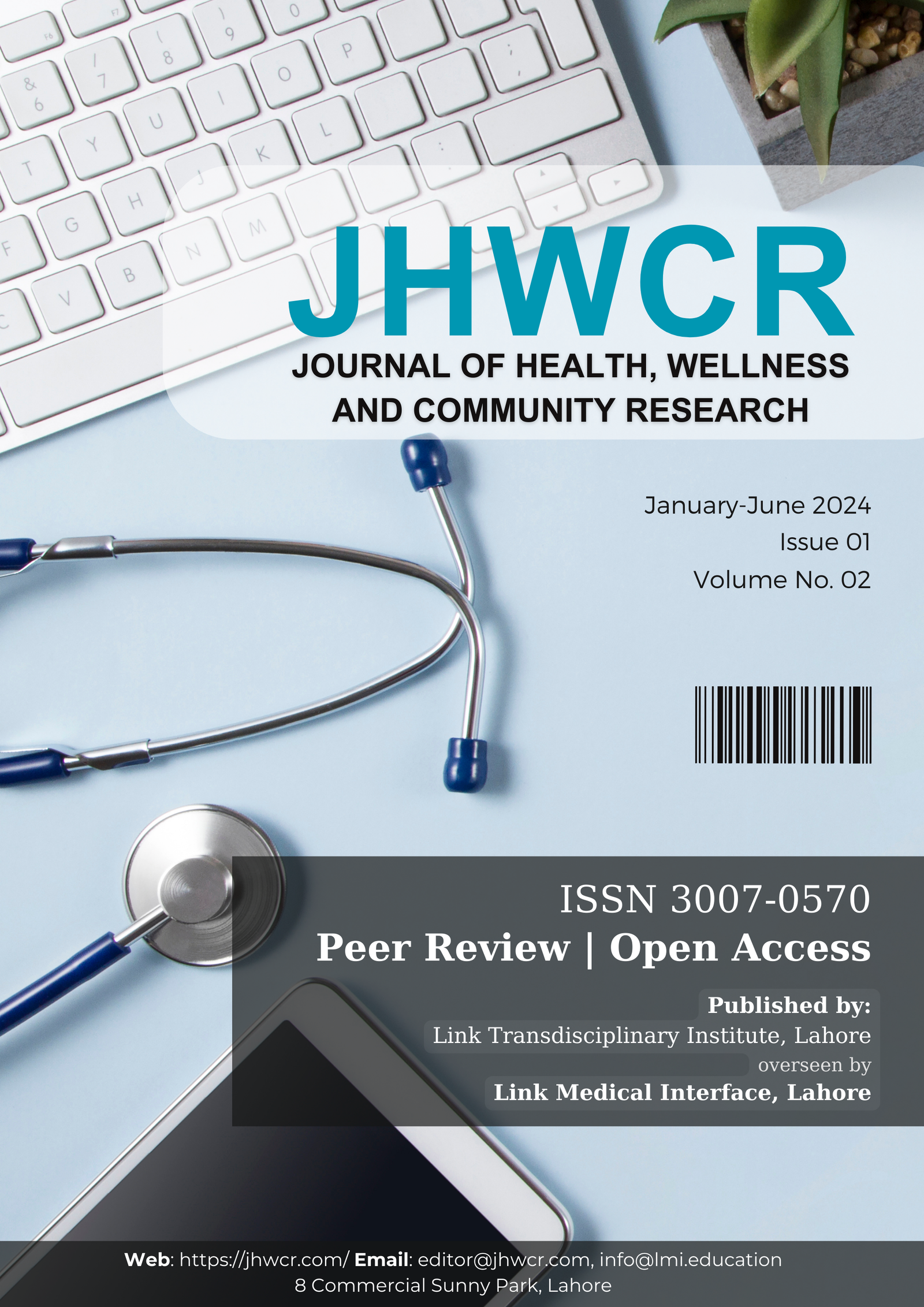Epidemiological Survey on Malaria in District Nowshera, Pakistan: A 2023 Report
DOI:
https://doi.org/10.61919/nm31d168Keywords:
Malaria, Plasmodium vivax, Epidemiology, Pakistan, Seasonality, Vector Control, Cross-Sectional StudiesAbstract
Background: Malaria remains a leading public health challenge in Pakistan, particularly in f lood-prone districts like Nowshera where up-to-date, district-specific epidemiological data are scarce. Objective: This study aimed to assess the prevalence, species distribution, demographic determinants, and seasonal trends of laboratory-confirmed malaria cases in District Nowshera, Pakistan, during 2023, to inform targeted interventions and improve disease surveillance. Methods: A retrospective cross-sectional design was employed, reviewing health records of all suspected malaria cases (n = 5,974) from major healthcare facilities in Nowshera between January and December 2023. Laboratory-confirmed cases (n = 612) were included, excluding those with incomplete demographic or clinical data. Data on age, gender, month, and species type were collected; malaria diagnosis was standardized by microscopy or rapid diagnostic tests. Ethical approval was secured from Abdul Wali Khan University’s review board, in line with the Helsinki Declaration. Descriptive and inferential statistical analyses were performed using SPSS version 27, with categorical comparisons evaluated by chi-square tests and significance set at p < 0.05. Results: Malaria positivity was 10.2% (612/5,974), with Plasmodium vivax accounting for 93% of cases. Males (63.2%) and the 11–20-year age group (26.8%) were most affected. Seasonal analysis revealed a sharp peak in August (26.0%). Gender, age, and seasonal trends were statistically significant (p < 0.001). Conclusion: Malaria remains endemic in Nowshera, with clear demographic and seasonal patterns. These findings underscore the need for targeted vector control, improved surveillance, and pre-emptive public health measures, particularly for high-risk groups during monsoon months.
Downloads
Published
Issue
Section
License
Copyright (c) 2025 Fajar Baig, Ayesha Baig, Muhammad Qayash Khan, Naveed Khan¹ (Author)

This work is licensed under a Creative Commons Attribution 4.0 International License.


